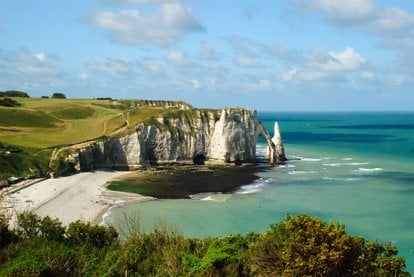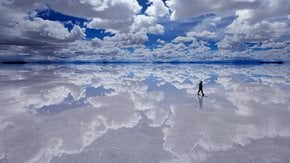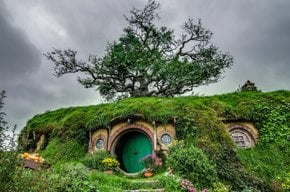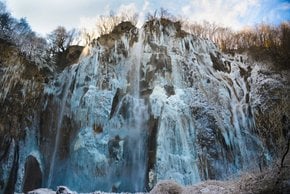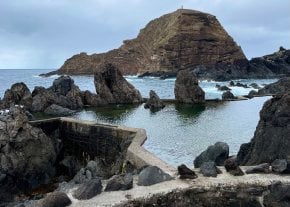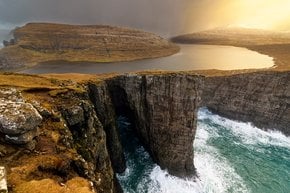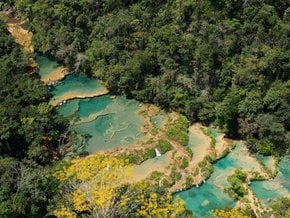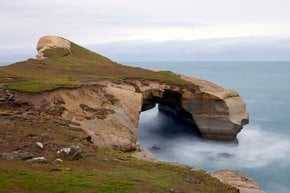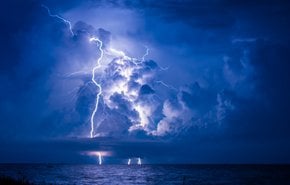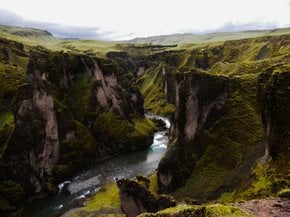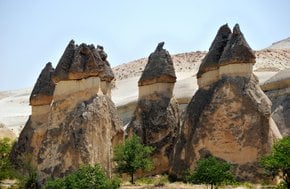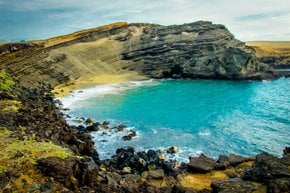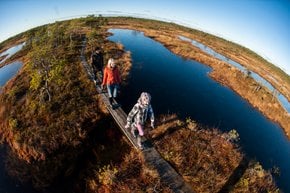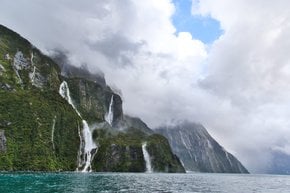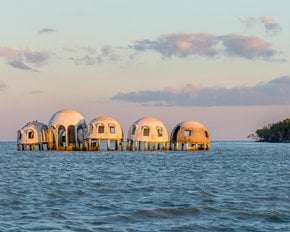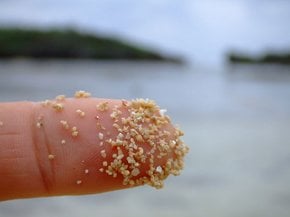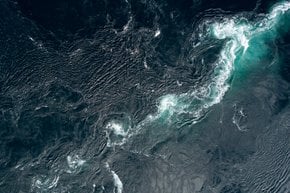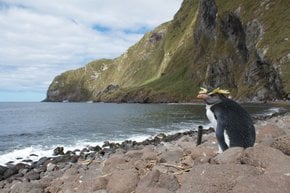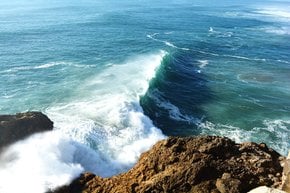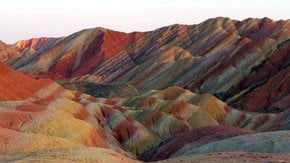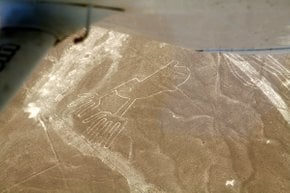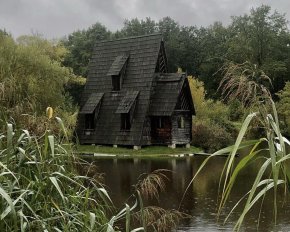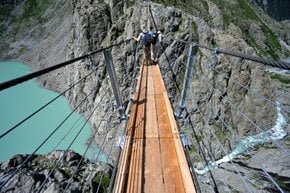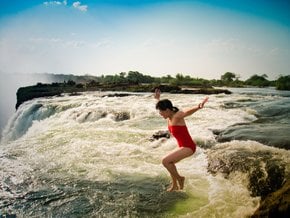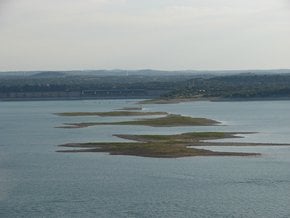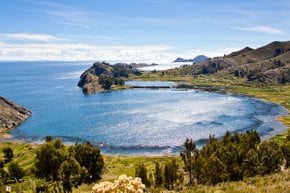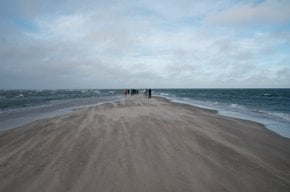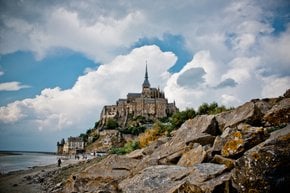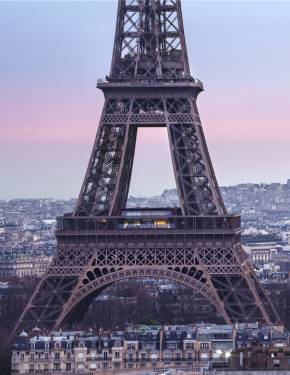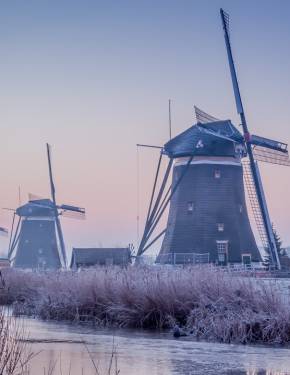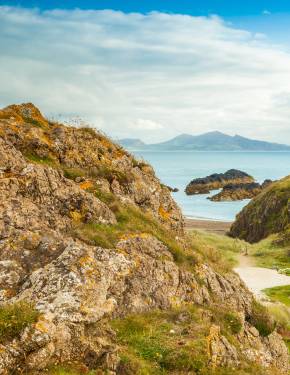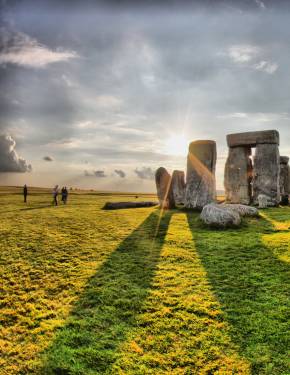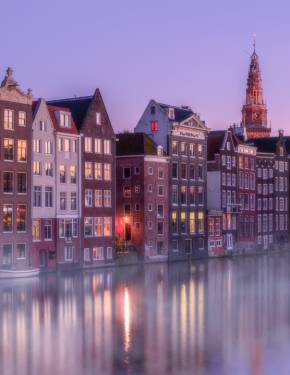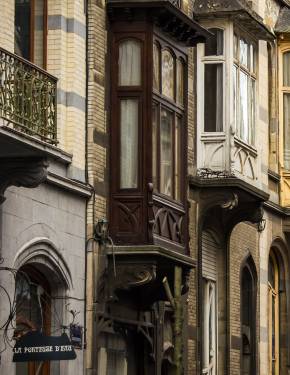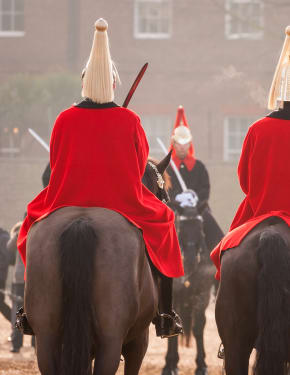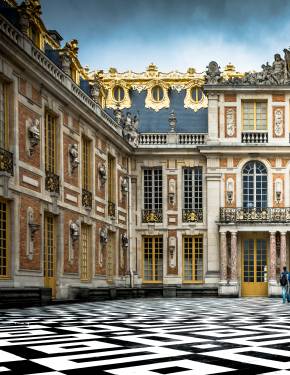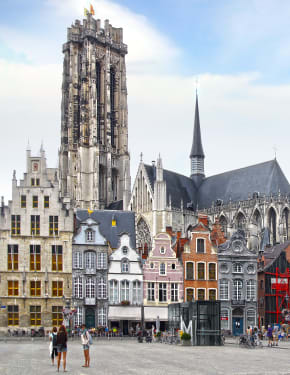Étretat in Normandy 2026
Known for its white cliffs and beaches strewn with rocks, Étretat attracts both tourists and world-famous artists
Best time: April–October
Étretat, located in Upper Normandy, is renowned for its dramatic white cliffs and the iconic Aiguille Creuse, a towering rock needle. Rising nearly 90 meters, these natural formations, including three striking arches, have shaped the region’s landscape over time. Two of the arches are visible from the cliffs, while the largest can be seen from the beach. The ever-changing interplay of cliffs, waves, and light enhances Étretat’s breathtaking beauty, making it a must-visit destination.
Best Time to Visit
The best time to visit Étretat is between April and October, with spring and autumn offering pleasant weather and fewer crowds. Summer is ideal for swimming but attracts the most tourists, while winter tends to be chilly and overcast with limited sunshine. The weather in Étretat is unpredictable year-round, so visitors should be prepared for varying conditions.
Getting There
To reach Étretat from Paris, you can choose from several options. By car, it takes about 2.5 to 3 hours via the A13 highway, followed by the A131 toward Le Havre and signs for Étretat. Renting a car offers flexibility to explore the region. Alternatively, you can take a train from Paris Saint-Lazare to Le Havre (approx. 2 hours), then transfer to a local bus (Ligne 13, Nomad Bus) to Étretat (approx. 1 hour). Another option is to take a train to Bréauté-Beuzeville (approx. 2 hours), followed by a bus or taxi to Étretat (approx. 30 minutes). For those traveling by bus, FlixBus and BlaBlaCar Bus run routes from Paris to Le Havre, where you can switch to a local bus to Étretat. From Rouen, trains to Bréauté-Beuzeville (40 min) and then a bus or taxi (30 min) are available.
Viewing Activities
Two of Étretat’s three natural arches are visible from the town, while the largest requires a short trip to the beach. Visitors can explore the cliffs through various activities, such as hiking the GR21 trail, guided nature walks, or boat tours with Mer pour Tous from Fécamp. For a more adventurous experience, paddleboarding or kayaking with Voiles et Galets offers a unique perspective of the arches from the water.
What to See
Étretat’s must-visit attractions include the beach, Le Clos Lupin, the Chapel of Notre-Dame de la Garde, the Nungesser et Coli Monument, and the House of Maurice Leblanc, where you can learn about the famous gentleman burglar. Other highlights include the Heritage Museum, Château les Aygues (a former summer residence of Spanish queens), the covered market with souvenir shops, and the family-friendly Parc des Roches. Just a short walk from the town center, the Church of Notre Dame de l’Assomption, a Romanesque and Gothic masterpiece from the 12th century, stands tall, with British World War I soldiers buried in its cemetery.
Étretat & Art
Claude Monet, one of the foremost impressionists of the 19th century, introduced Étretat to the art world, with its cliffs and the Alabaster Coast inspiring many artists like Courbet and Boudin. The changing colors of the seascape, shaped by the cliffs and waves, create a unique atmosphere. Luc Besson's film *Lucy* further showcased the natural beauty of Étretat, focusing on its three natural arches and the iconic Needle formation. While two of the arches can be seen from the town, the largest requires a short trip to the beach, making Étretat a famous tourist destination.

